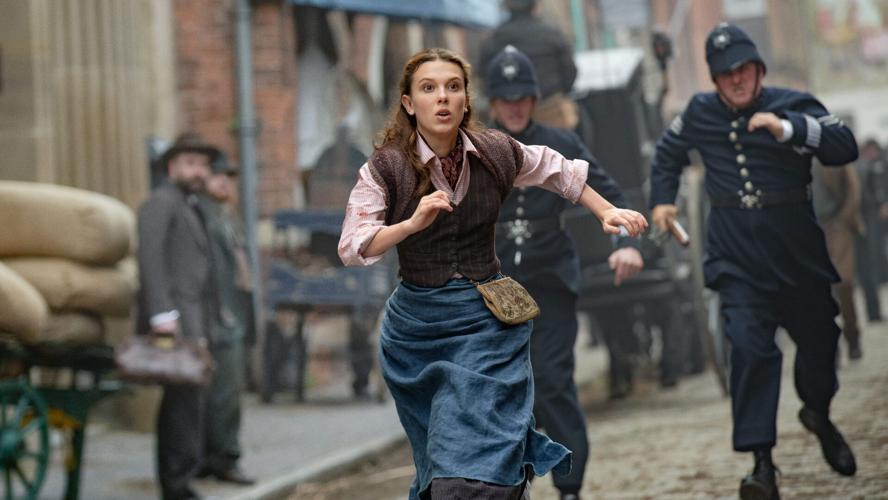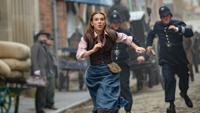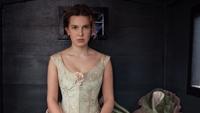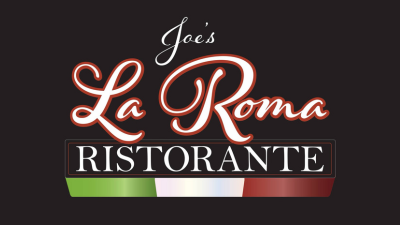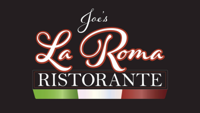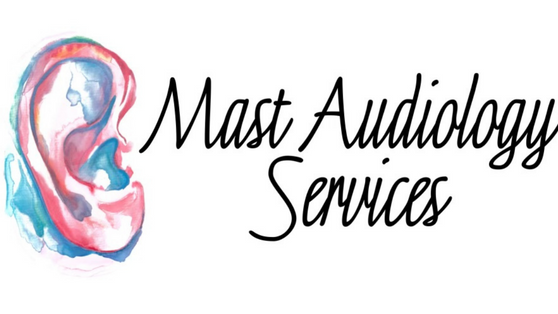Nearly 130 years after Sir Arthur Conan Doyle created the British detective named Sherlock Holmes, American author Nancy Springer created the character of Enola Holmes, the teenage sister to Sherlock.
According to Guinness World Records, Sherlock Holmes is the most portrayed literary human character in film and television history, and this is yet another example. Given the push for diversity in gender and race over the past decade in media, this film does what a lot of big budget pieces of cinema have been attempting and that's centering on women and featuring minorities.
CBS' Elementary (2012) had a modern-day interpretation of Sherlock Holmes, making his companion, Dr. Watson, an Asian-American female. This adaptation, written by Jack Thorne (His Dark Materials and Wonder) and directed by Harry Bradbeer (Killing Eve and Fleabag) keeps this story set in Victorian-era England and instead of making Sherlock's companion a woman, it does some other gender-bending of known characters. One particular gender-bending is similar to Elementary but the gender-bending isn't done in a pandering way but is purposeful and has an insightful point about sexism and racism. Arguably, Elementary did it better mainly because it had more time.

Millie Bobby Brown (Stranger Things and Godzilla vs. Kong) stars as Enola Holmes, the teenage sister of Sherlock. Like her brother, she aspires to be a detective and be as good in terms of solving cases, using great observation and deduction. The film of course examines the idea of a person living in the shadow of a more famous and more successful, family member. The sexism that exists in the late 1800's aren't much of a factor for her as the previous feature dealt with that. Here, she's more bogged down with high-society rules and etiquette than anything else.
Like with the previous feature, Enola is again handling a missing person case. Along the way, she narrates by breaking the fourth wall, which takes away the sense of danger but adds to the comedy and humor. It also adds to the overall sense of fun and light-hearted nature that mostly keeps this narrative afloat. This film is also a swashbuckling adventure, which does have an aspect of romance. However, Enola's love interest, Lord Tewkesbury, played by Louis Partridge, feels more diminished here than in the previous entry. Even though the narrative tries to make him integral, Tewkesbury comes off as superfluous.

Henry Cavill (Man of Steel and Mission: Impossible - Fallout) co-stars as Sherlock Holmes, the older brother of Enola. He's the iconic detective. Enola is his ward, but she doesn't live with him. He has his home at the legendary 221B Baker Street, the famous fictional address. He lives alone where his focus is his work. He's not really good at social graces. He's not very personable. He doesn't really have friends. He commands respect from people because of his renown as a detective but he's not one for chit chat. For Enola, it's a question of whether she'll pattern herself after him.
What makes this film a step above is the inclusion of a plot line that is based on a true story. The 1888 matchgirls' strike is that true story. In east London, there was a matchbook factory called Bryant & May. The factory made matchsticks and packaged them in tiny boxes. In July 1888, over a thousand women and girls employed at the factory walked out and refused to continue working. One of those women was Sarah Chapman who helped to organize and make demands to better the work conditions, which included healthcare because chemicals used at the factory were killing the workers through an illness called "phossy jaw."

Matchsticks were used to light candles, which were the principal source of lighting in the 1800's, so obviously this company was an important business that made a lot of money. Keeping that business going is a motivating factor. Matchsticks were used to light cigarettes and cigars, which is ironic because the mystery in this film is akin to The Insider (1999), which is about a whistleblower at a cigarette company. Instead of an active character, this film makes the whistleblower the missing person in Enola's case. The only issue is that this film doesn't have enough time to dig into all the depths of the 1888 matchgirls' strike. Other words, there isn't much educational aspect here.
What's funny is that this film has the same ending as Rian Johnson's Glass Onion: A Knives Out Mystery (2022). This film went into production after Johnson's film. This film didn't premiere until after Johnson's film premiered at the Toronto International Film Festival. Even though this film was available nationwide before Johnson's film, I didn't watch it until after seeing Glass Onion, so to see the ending play out almost exactly the same was a little disappointing or maybe a case of great minds thinking alike?
Rated PG-13 for some violence and bloody images.
Running Time: 2 hrs. and 9 mins.
Available on Netflix.

